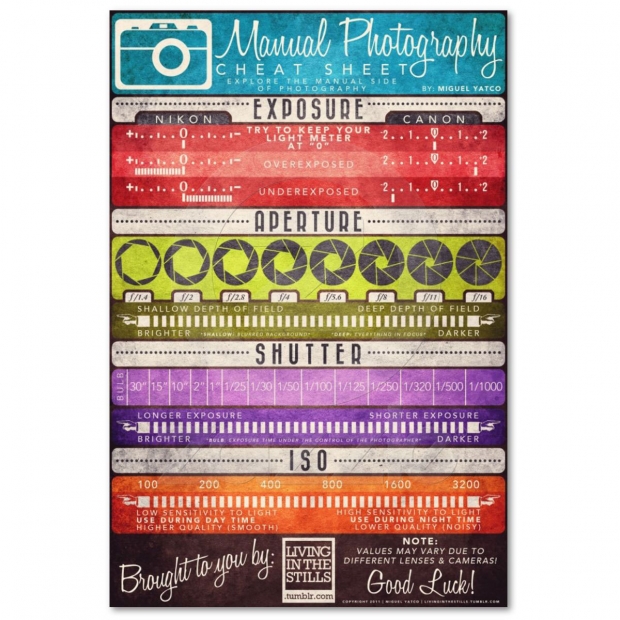What Every Photographer Should Understand About Lighting
What Every Photographer Should Understand About Lighting
Blog Article
Uploaded By-Gillespie Heath
As a professional photographer, you know that lighting can make or damage your photos. Understanding the nuances of both natural and fabricated light is crucial for capturing the mood and clarity you go for in your work. Whether you're going after the ideal golden hour glow or tweak your synthetic setups, understanding these aspects can elevate your digital photography considerably. But there are common challenges that lots of neglect, and recognizing them can change your approach to every shoot. Allow's discover what you might be missing out on and exactly how it can impact your results.
Comprehending Natural Light
Recognizing all-natural light is critical for any kind of photographer wanting to boost their work. It's the foundation of fantastic digital photography, affecting mood, tone, and quality. When you fire outdoors, take notice of the moment of day. The gold hour-- quickly after sunrise and before sundown-- supplies soft, warm light that can change average scenes right into spectacular photos.
Do not undervalue the power of overcast days. Cloud cover diffuses sunshine, developing a soft, also light that's perfect for portraits and macro photography. You'll discover shades pop in this kind of lighting without extreme darkness.
https://www.spokesman.com/stories/2020/apr/16/water-cooler-youtube-has-plenty-of-resources-for-c/ , as well. Constantly consider your topic's orientation to the source of light. If the sun's behind your subject, you might end up with a silhouette, which can be remarkable but mightn't be what you want. On the other hand, direct sunlight can create unflattering shadows.
Experiment with angles; often, transforming your viewpoint can yield outstanding outcomes. Usage natural reflectors, like water or sand, to jump light onto your topic, adding dimension.
Mastering Artificial Light
Mastering man-made light is necessary for professional photographers that intend to take their skills to the next degree. Whether you're utilizing speedlights, workshop strobes, or continual lights, recognizing how to adjust these resources can considerably enhance your pictures.
Beginning by familiarizing yourself with the basics of light top quality, direction, and color temperature. Experiment with various modifiers like softboxes, umbrellas, or grids to control the gentleness or cruelty of the light.
Photographer near me 'll find that soft light typically creates flattering outcomes, while harsher light can include dramatization and depth. Don't shy away from darkness; they can boost the three-dimensionality of your topics.
Pay very close attention to the placement of your lights. A light located too near your subject can produce uncomplimentary outcomes, while also far can cause an absence of detail. Make use of a light meter or your video camera's pie chart to ensure you're revealing appropriately.
Lastly, bear in mind that artificial light can be combined with ambient light for imaginative results. Balancing these resources might take method, once you understand it, your photography will truly shine.
Strategies for Various Circumstances
When you enter different capturing scenarios, adapting your lighting strategies is vital for capturing the most effective photos. For outside pictures, utilize the golden hour-- morning or late afternoon light-- to soften darkness and improve complexion.
If it's a severe lunchtime sun, take into consideration making use of a reflector to jump light back onto your subject or seek shaded locations for a much more even exposure.
In low-light circumstances, like interior events, raise your ISO and utilize a wide aperture to let in even more light. A tripod can help get rid of cam shake, allowing for longer exposures without blurring.
If https://writeablog.net/classie254nidia/discovering-the-world-via-the-lens-travel-photography-basics shooting at evening, experiment with off-camera flash to create dynamic lights and deepness in your photos.
For item digital photography, make use of diffused lights to prevent harsh representations. Softboxes or light camping tents can assist achieve this result.
When photographing landscapes, consider the instructions of light and time of day, as it can considerably alter the state of mind of your shot.
Constantly prepare to change your setups and placing based on the scenario, as flexibility is essential to understanding lighting in digital photography.
Conclusion
Finally, understanding illumination is crucial to boosting your digital photography abilities. Embrace all-natural light's elegance during golden hour, and do not shy away from explore fabricated light strategies. By adjusting your approach to various scenarios, you'll capture spectacular photos that resonate with emotion and clarity. Bear in mind, the appropriate lights can transform a common shot into something phenomenal, so keep exercising and improving your understanding of both natural and man-made light. Delighted shooting!
